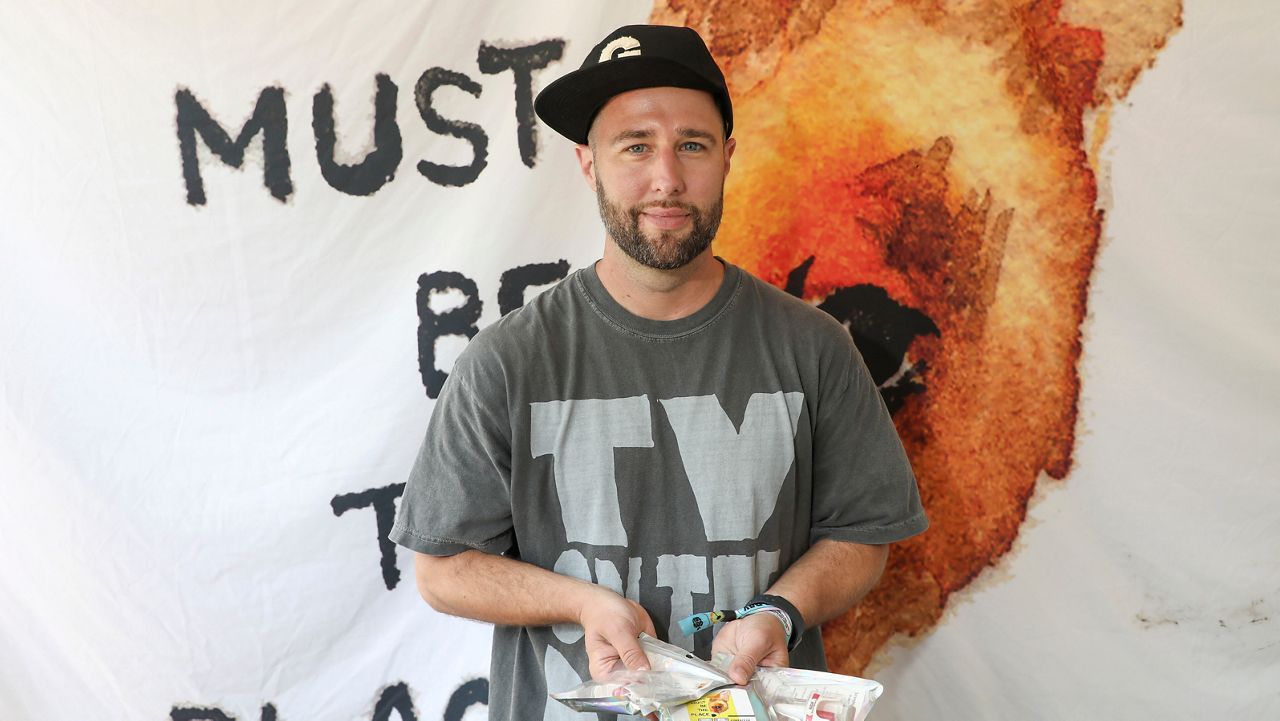Summer is the high season for swim academies as parents aim to boost safety by helping their kids become comfortable in and around the water.
One of those programs teaching children how to swim is SwimRight Academy, founded by four-time Olympic Gold Medalist Lenny Krayzelburg.
“We teach them how to back float,” Christian Santiago, a swim instructor at SwimRight Academy, said. “They submerge into the water with their face in and then we tell them to roll, go onto their back.”
SwimRight has parent-tot classes, geared toward children under 2 years old and designed to help toddlers become acclimated to the water.
“It could be overwhelming, but once they get used to it, get consistent with it, they tend to calm down,” Santiago said.
Meghan Evans attended the class with her 15-month-old daughter, Emma.
“We have a pool at the house that we are currently renting, so getting her into swim lessons as soon as possible was just the most important thing for her safety,” Evans said.
More than 4,000 people die each year from unintentional drownings –– an average of about 11 people per day — according to the Centers for Disease Control and Prevention.
More children ages 1 to 4 die from drowning than any other cause of death, the CDC and American Red Cross say.
Last year, there was added national attention on swim safety after the 3-year-old son of influencer, Emilie Kiser, died after he fell into a backyard pool.
“Drowning is fast and silent, so unless you have eyes on that water and can then respond if there is an emergency, you are going to miss something,” Alissa Magrum, executive director of the National Drowning Prevention Alliance, said.
The alliance, citing data from Safe Kids Worldwide, notes that 88% of children drown with at least one adult present.
Magrum said that incidents can occur in any body of water, including pools, lakes, rivers, oceans, creeks and ponds.
Earlier this year the Trump administration laid off the CDC team responsible for tracking and publicizing drownings, worrying water safety groups that making sense of data and getting funding to launch educational campaigns may now become more challenging.
“It’s mind boggling, it’s disheartening and it’s lives,” Kiser said.
In a statement shared with Spectrum News, the U.S. Department of Health and Human Services wrote, “The Department is strongly committed to preventing tragic and preventable deaths, including those caused by drowning. HHS will continue to support the evidence-based drowning prevention efforts across the country.”
The CDC and American Red Cross offered several water safety tips for those who want to stay safe this summer: wear a life jacket in and around natural water, build fences around pools, teach children to always ask permission before going in the water, designate a ‘water watcher’ among adults and always watch children without distractions like phones.










